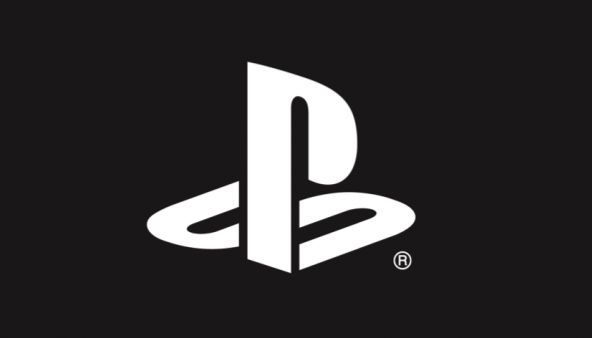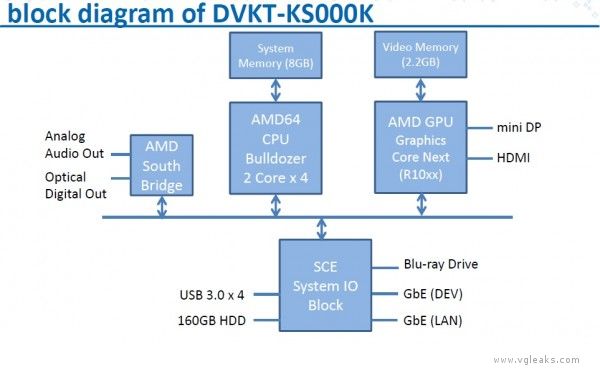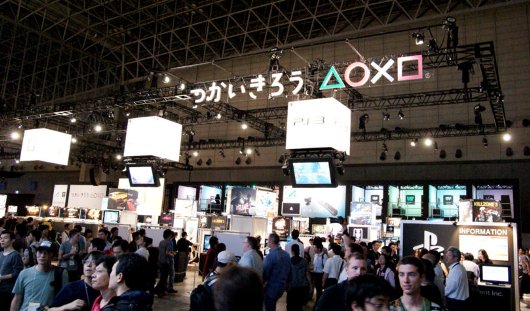Sony and Microsoft have had a lot of work with Orbis and Durango. Create a new hardware it’s a long running process, you have to build different versions of hardware and make changes along the core until the last version, the closer one to the retail product. We have created an article with three of these machines, take note about the Orbis evolution.
Currently, there are 3 types of devkits:
1) R10 boards with special BIOS, running in generic PC’s
2) “Initial 1” — Early devkit
- model number: DVKT-KS000K
- SCE-provided PC equipped with R10XX board
- Runs Orbis OS
- Available July 2012
3) SoC Based Devkit: early version of the ORBIS hardware
- Available January 2013
Time to look inside of each devkit:
R10 Board (with special BIOS) assemble in a Generic PC
- Requires Windows 7 64 bit edition
- Recommend
- Sandy Bridge (Intel) or Bulldozer (AMD)
- Minimum 8 GB RAM (system memory)
- 650 Watt PSU
- VS2010 SP1
- DWM (Desktop Windows Manager) must be turned off
- Application will use Windows services for everything except GPU interface
- SCE will provide “Gnm”, a custom GPU interface
Do you remember the first Durango’s pictures? This is a very early devkit based on Windows.
DVKT-KS000K (“Initial 1”)
- Runs Orbis OS
- CPU: Bulldozer 8-core, 1.6 Ghz
- Graphics Card: R10 with special BIOS
- RAM: 8 GB (system memory)
- BD Drive
- HDD: 2.5 ” 160 GB
- Network Controller
- Custom South Bridge allows access to controller prototypes
SoC Based Devkit
- Available January 2013
- CPU: 8-core Jaguar
- GPU: Liverpool GPU
- RAM: unified 8 GB for devkit (4 GB for the retail console)
- Subsystem: HDD, Network Controller, BD Drive, Bluetooth Controller, WLAN and HDMI (up to 1980×1080@3D)
- Analog Outputs: Audio, Composite Video
- Connection to Host: USB 3.0 (targeting over 200 MB/s),
- ORBIS Dualshock
- Dual Camera
The last devkit is the closer one to the retail console. Expect a machine with these specs or similar to these ones. Obviously, Sony could introduce changes in these features, but don’t expect deep mods.





![[Rumor] God of War Ragnarok rated in Korea. Merchandising for the game appears with an estimated on-sale date of September](https://vgleaks.com/wp-content/uploads/2022/05/gow_ragnarok-440x264.jpg)
![[Leak] Horizon Zero Dawn Remastered appears listed on ESRB for PS5 and PC](https://vgleaks.com/wp-content/uploads/2020/01/horizon-zero-dawn-2017213162247_1.jpg)






![[Rumor] Capcom is reportedly working on a new Dead Rising](https://vgleaks.com/wp-content/uploads/2025/12/capcom-logo-150x150.jpg)

